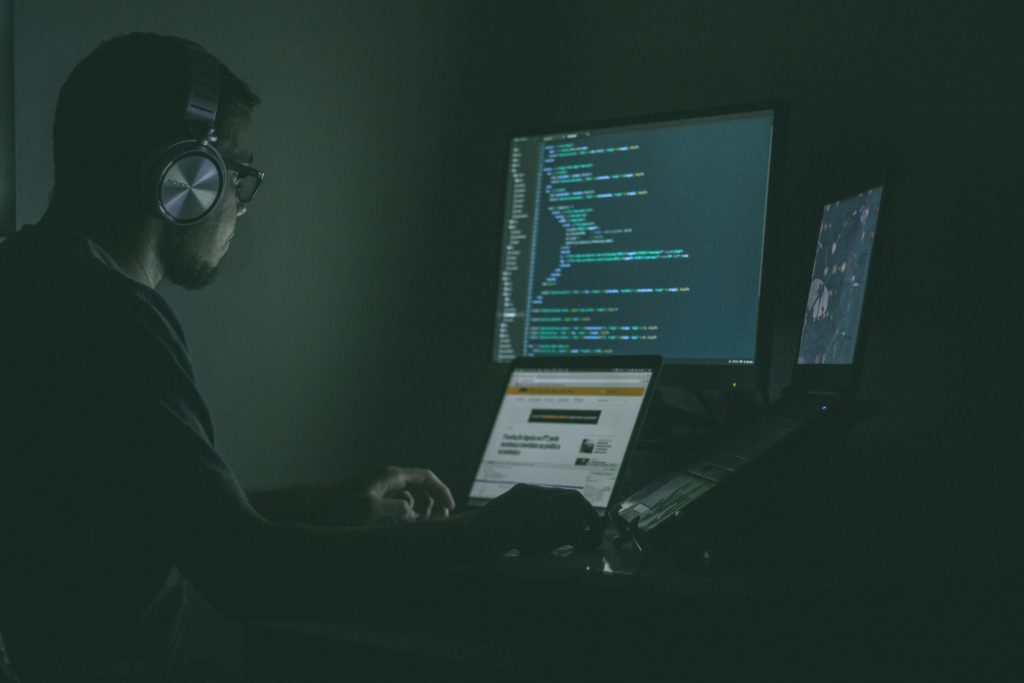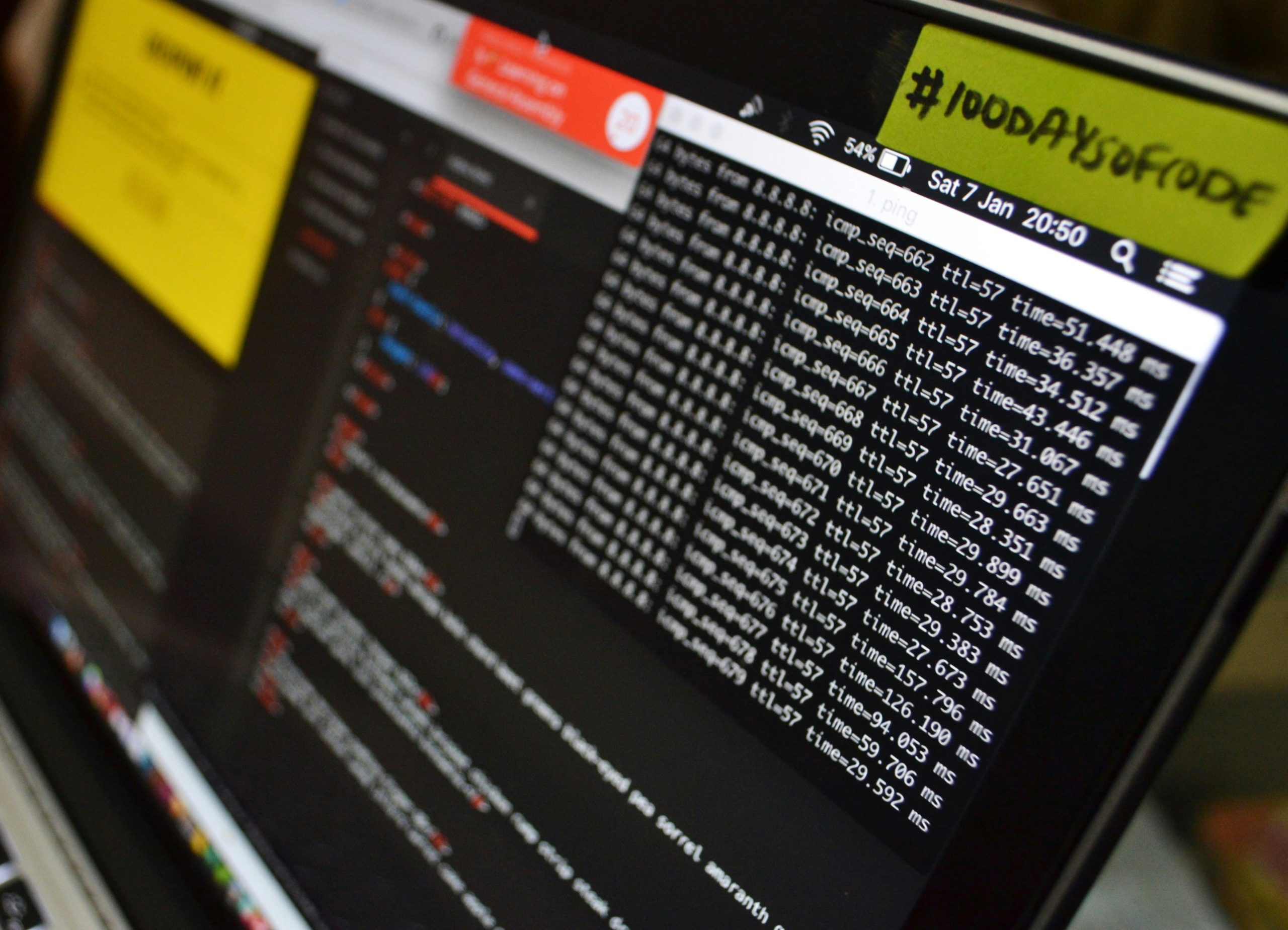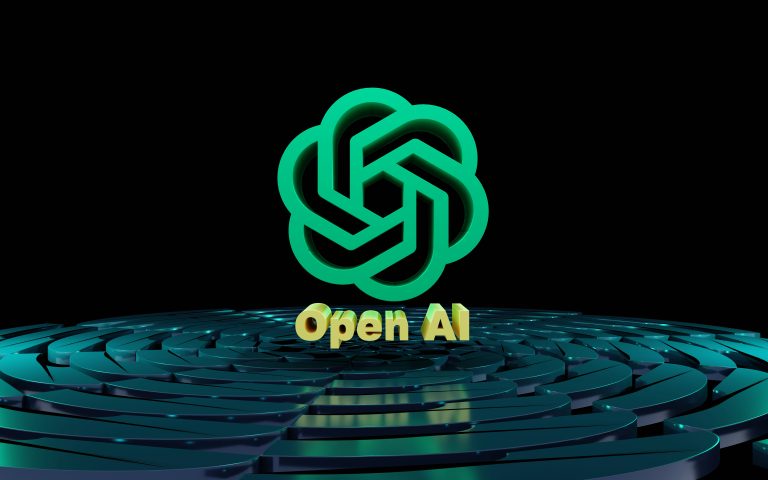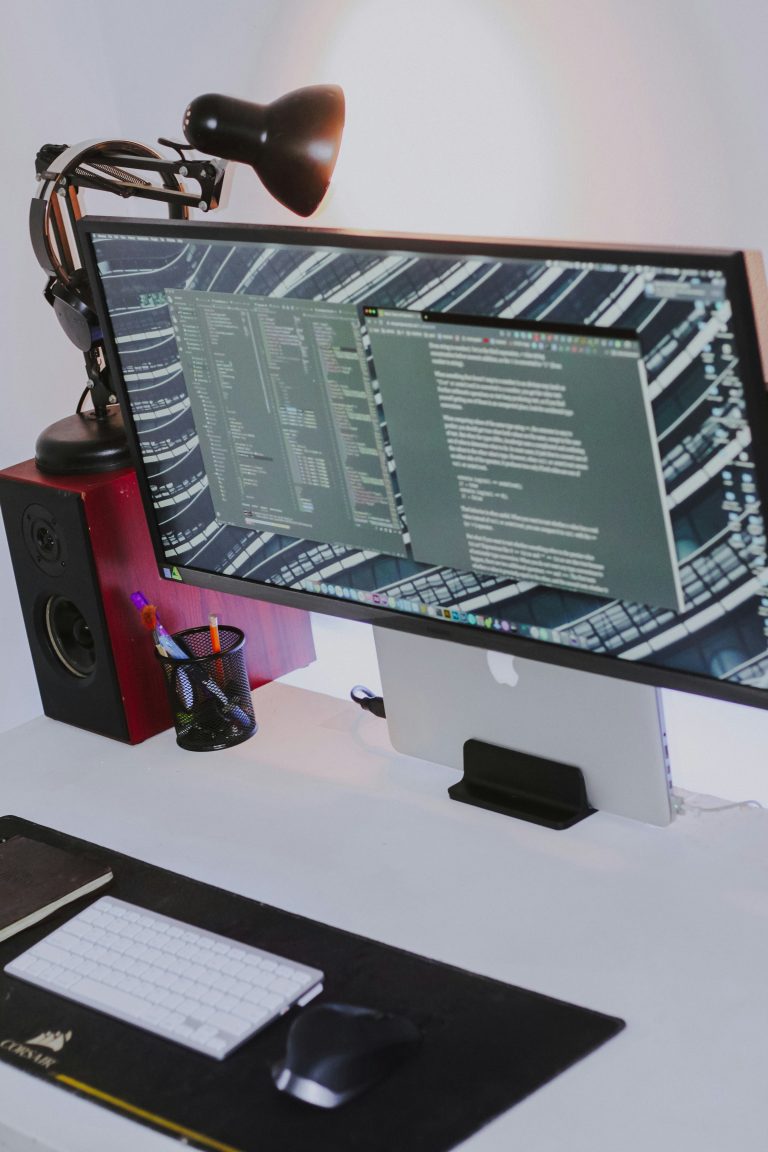Cybersecurity in the Age of AI Attacks
2 Introduction
1 Hook: In an era where artificial intelligence can hack, manipulate, and outthink humans, the fight for cybersecurity has entered a whole new battlefield.
2 Context: AI is not just a tool for innovation; it’s also being harnessed by cybercriminals to launch smarter, faster, and more devastating attacks.
3 Thesis: As AI continues to evolve, cybersecurity strategies must adapt to protect against AI-powered threats, which are quickly becoming more advanced and harder to detect.
3 The Rise of AI in Cyberattacks
1 What makes AI a powerful tool for cybercriminals: machine learning algorithms, automation, and adaptability.
2 Types of AI-driven attacks: malware generation, phishing attacks, and ransomware enhanced by AI.
3 AI’s ability to evolve and learn: adapting tactics to bypass traditional security systems.

4 Examples of AI-Powered Cyberattacks
1 Deepfake technology: Using AI to create convincing fake videos or audio to manipulate or deceive targets.
2 Automated phishing: AI crafting highly personalized phishing emails at scale, evading traditional spam filters.
3 AI-powered malware: Self-learning malware that can avoid detection by altering its behavior based on security defenses.
5 Challenges in Defending Against AI Attacks
1 Speed and scale: AI can rapidly execute attacks and adapt in real time, leaving human defenders at a disadvantage.
2 Complexity: AI-driven attacks are highly sophisticated, making detection and mitigation difficult.
3 Lack of trained professionals: The cybersecurity industry is already facing a talent shortage, and AI attacks require specialized knowledge.
6 The Role of AI in Defending Cybersecurity
1 AI-driven defense mechanisms: Using machine learning and AI to predict, detect, and respond to threats more quickly than human operators.
2 Automated incident response: AI systems identifying and mitigating attacks before they can cause significant damage.
3 Behavioral analytics: AI that monitors and analyzes user behavior to detect anomalies that may indicate an attack.

7 Ethical and Privacy Considerations
1 Privacy risks: The use of AI in cybersecurity tools can also raise concerns about surveillance and data privacy.
2 Bias in AI algorithms: If AI systems are trained on biased data, they could make flawed decisions or overlook certain types of attacks.
3 Balancing security with civil liberties: How do we ensure that enhanced cybersecurity doesn’t infringe on personal freedoms?
8 Preparing for the Future of AI Cyberattacks
1 Collaboration: Governments, organizations, and cybersecurity experts need to work together to stay ahead of emerging threats.
2 AI-driven cybersecurity education: The industry must invest in training professionals who can understand and manage AI-powered threats.
3 Continuous innovation: As AI evolves, so too must cybersecurity practices, ensuring they remain one step ahead of attackers
Conclusion
1 Summary: AI is reshaping both the offense and defense of cybersecurity, creating new opportunities and new risks.
2 Call to action: To secure our digital future, we must invest in AI-driven cybersecurity solutions and stay vigilant against the ever-evolving threats posed by malicious AI.






